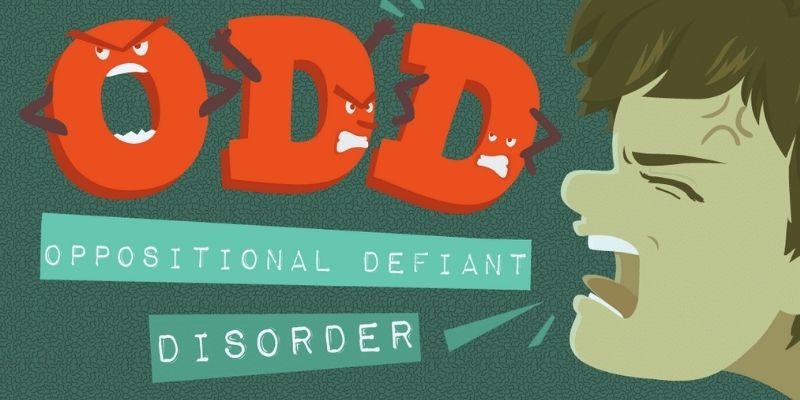Meningitis is a condition involving inflammation of the protective coverings of the brain and spinal cord. It may be caused by infection, injury, or other causes. The causes, symptoms, possible effects, and prevention and treatment options will be discussed in this article.
Definition of meningitis

Meningitis is a medical condition that is caused by the inflammation of the meninges, which are membranes covering and guarding the brain and spinal cord. Inflammation takes place when an infection or some other irritant is found in the cerebrospinal fluid (CSF) surrounding these organs.
Significance of knowledge about the disease
Meningitis is a dangerous and life-threatening disease that may produce profound impacts upon the health of an individual. It is crucial to know the disease in order to realize its signs, obtain early medical care, and avoid spreading the infection further.
Causes of Meningitis
Meningitis has a range of causes, which may be infectious or non-infectious. It is critical to know these causes in order to diagnose, treat, and prevent meningitis. The various categories of causes of meningitis are;
Bacterial Causes
Bacterial meningitis is a serious manifestation of the disease due to bacteria like Streptococcus pneumoniae, Neisseria meningitidis, or Haemophilus influenzae. These bacteria can invade the bloodstream and migrate to the central nervous system, causing acute inflammation. Early treatment with antibiotics is essential, as bacterial meningitis can become fatal within a short time. Vaccination is a good method to decrease the risk of bacterial meningitis by preventing infection due to these pathogens.
Viral Causes
Viral meningitis is more frequent but generally milder than its bacterial equivalent. It is frequently caused by viruses such as enteroviruses, herpes simplex virus, or mumps virus. It may present with fever, headache, and stiffness of the neck; however, it clears without major medical treatment. Although there are antiviral medicines in certain instances, prevention is through cleanliness measures and virus mumps or flu vaccination to reduce the risk of infection.
Fungal and Parasitic Etiologies
Parasitic and fungal meningitis are less common but can affect groups of people with compromised immune systems. Fungal meningitis might result from inhalation of fungal spores, such as those of Cryptococcus, that are commonly seen in soil. Parasitic meningitis, e.g., that caused by Naegleria fowleri, is more commonly associated with contaminated water. Antifungal or other unique treatments are necessary for these forms of meningitis, and preventive measures involve steering clear of contact with possible points of infection.
Non-Infectious Causes
Non-infectious causes of meningitis may also produce meningitis, such as autoimmune conditions, certain medications, or head trauma. Lupus or cancer can cause inflammation of the meninges without the presence of an infectious agent. Non-infectious meningitis is not contagious but requires prompt medical assessment to determine the cause and treat symptoms effectively by particular therapies or lifestyle modification.
Symptoms of Meningitis
Meningitis presents with a variety of symptoms, and early detection is crucial for prompt treatment. The symptoms can vary depending on the age group and the underlying cause of the condition. Below are the key signs to recognize across different demographics.
Early Warning Signs
Early warning signs of meningitis may include sudden onset of fever, intense headache, and a stiff neck. These initial symptoms often appear alongside nausea, vomiting, or sensitivity to light. If left untreated, the condition can escalate rapidly, making early recognition and medical intervention essential.
Common Symptoms in Adults
Adults with meningitis might experience confusion, difficulties concentrating, and seizures in addition to the classic symptoms. Fatigue and drowsiness are common, while a skin rash can occur in bacterial cases. These symptoms may progress quickly, so adults experiencing them should seek immediate medical attention to prevent complications.
Symptoms in Infants and Children
Infants and young children may show less specific symptoms, such as irritability, poor feeding, and excessive sleepiness. Bulging of the soft spot on a baby’s head (fontanel) and an unusual high-pitched cry are critical warning signs. Parents should act swiftly if these symptoms are observed, as meningitis in children can evolve rapidly.
Transmission of Meningitis
Meningitis can spread through various modes depending on its cause. Bacterial meningitis is often transmitted through respiratory droplets when an infected person coughs or sneezes, or through close contact such as kissing or sharing utensils.
Viral meningitis, on the other hand, can spread through contact with fecal matter, respiratory secretions, or contaminated surfaces. Fungal and parasitic meningitis are less contagious but may occur through environmental exposure, such as inhaling fungal spores or consuming contaminated food or water.
Diagnosis of Meningitis
The diagnosis of meningitis usually involves a combination of physical examination, laboratory tests, and imaging studies.
Medical History and Physical Examination
The diagnosis of meningitis begins with a thorough review of the patient’s medical history and a detailed physical examination. During this process, healthcare providers assess symptoms such as fever, headache, stiff neck, nausea, and sensitivity to light. They also inquire about recent illnesses, vaccinations, travel history, or potential exposure to individuals with meningitis. A physical exam may include specific tests to check for neurological signs, such as changes in mental status or motor function, which can indicate inflammation affecting the brain or spinal cord.
Laboratory Tests
Laboratory tests are essential to confirm a meningitis diagnosis. The most definitive test is a lumbar puncture, or spinal tap, which involves extracting cerebrospinal fluid (CSF) from the spinal canal to check for infection, such as increased white blood cells, elevated protein, or bacteria/viruses. Blood tests can also assess inflammatory markers or detect organisms in the bloodstream. Imaging studies like CT or MRI scans may be used to rule out other conditions or complications.
Prevention of Meningitis

Vaccination is one of the most effective ways to prevent meningitis, providing protection against several common causes of the disease. Maintaining good hygiene and taking measures to strengthen the immune system can also play a critical role in prevention. Below are key strategies for reducing the risk of meningitis:
- Get vaccinated: Ensure you and your family stay up to date with vaccines like the meningococcal, pneumococcal, and Hib vaccines.
- Practice good hygiene: Wash hands regularly, avoid sharing personal items, and cover your mouth and nose when coughing or sneezing.
- Prioritize a healthy lifestyle: Maintain a balanced diet, stay hydrated, exercise, and get adequate sleep to boost immunity.
- Avoid close contact with sick individuals: Limit exposure to people who show symptoms of respiratory infections or meningitis.
Conclusion
Meningitis is a serious condition that can have lasting consequences if not addressed promptly. By staying informed, taking preventative measures, and seeking timely medical attention when needed, individuals can significantly reduce their risk of contracting this disease. Remember, early intervention and proactive care can make a profound difference in protecting yourself and others from meningitis. Stay vigilant, prioritize your health, and continue promoting awareness about this critical issue.












